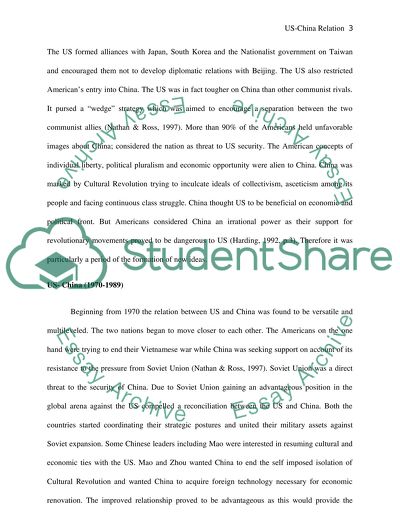Cite this document
(“U.S. - China relations since 1970 to present Term Paper”, n.d.)
Retrieved from https://studentshare.org/history/1476485-us-china-relations-since-1970-to-present
Retrieved from https://studentshare.org/history/1476485-us-china-relations-since-1970-to-present
(U.S. - China Relations since 1970 to Present Term Paper)
https://studentshare.org/history/1476485-us-china-relations-since-1970-to-present.
https://studentshare.org/history/1476485-us-china-relations-since-1970-to-present.
“U.S. - China Relations since 1970 to Present Term Paper”, n.d. https://studentshare.org/history/1476485-us-china-relations-since-1970-to-present.


